Enjoying the taste of sun-ripened strawberries, which are still warm from the garden, is truly a delightful treat during the summer season. Strawberries are a universally adored fruit, cherished for their succulent sweetness and plump, red color. What’s more, they have a rich source of vitamin C and antioxidants, which benefits the immune system and protect against cancer.
Strawberries are versatile fruits that can be enjoyed in many ways. They can be eaten raw, cooked, or processed into jams, jellies, syrups, pies, cakes, ice creams, smoothies, and more. They can also be used to add flavor, color, and texture to salads, cereals, yogurt, and cheese. So, why don’t you consider cultivating your own patch of these delightful berries instead of merely buying them in the supermarket? Let’s explore the joys of growing strawberries yourself!
Choose the right type of strawberries
- June-Bearing Strawberries: Produce a single large harvest in late spring to early summer.
- Everbearing Strawberries: Produce several smaller harvests throughout the growing season, including spring, summer, and fall.
- Day-Neutral Strawberries: Continuously produce berries throughout the growing season, productive in summer and fall.
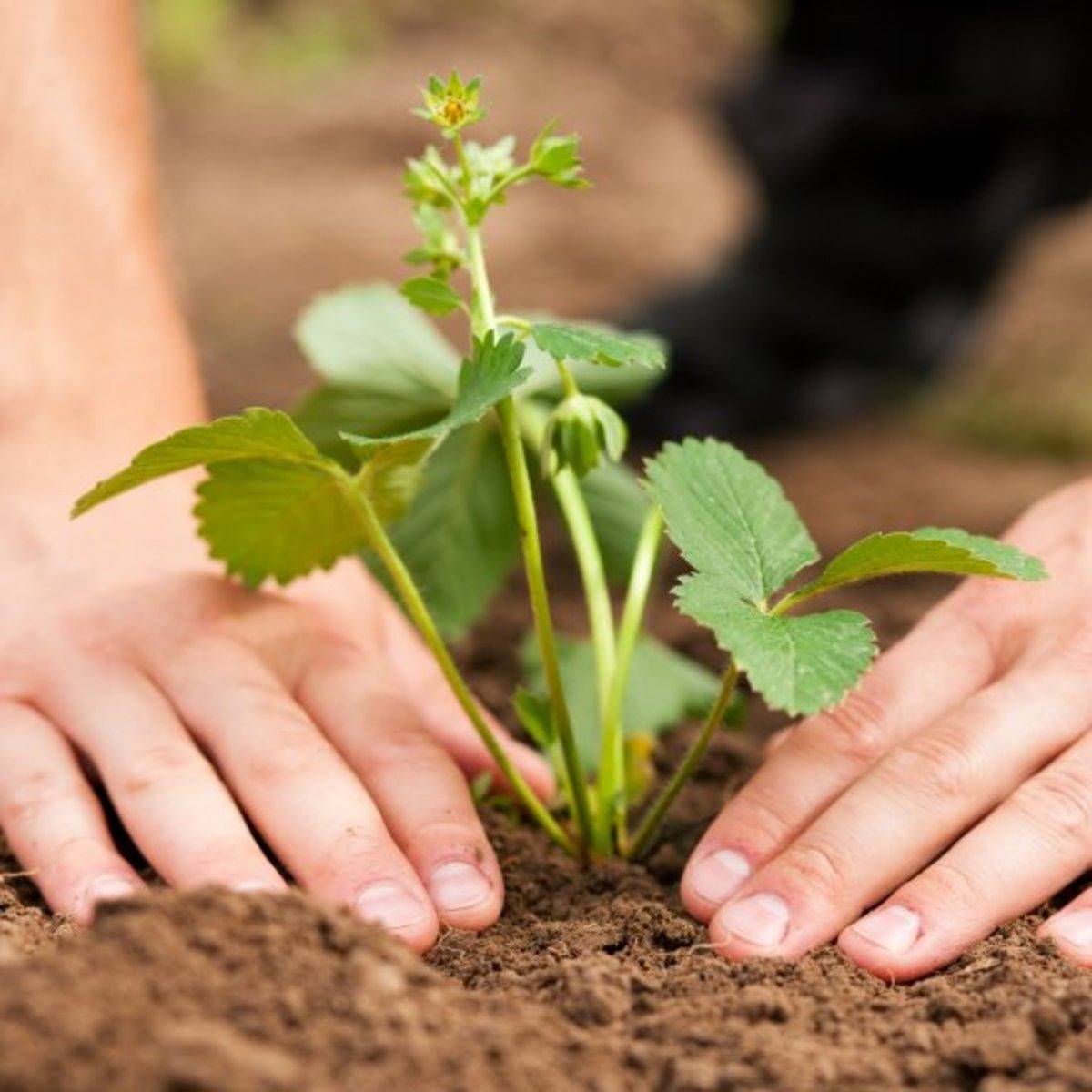
Time to plant
- Plant strawberries in the spring or fall, when the weather is cooler.
- In colder climates, plant in the spring as soon as the soil can be worked.
- In warmer climates, fall planting is preferable to avoid extreme summer heat.
How to plant strawberries
- Select a planting location: You should choose a sunny spot that receives at least 6-8 hours of direct sunlight each day and ensure good drainage to prevent waterlogged soil.
- Prepare the soil: Strawberries prefer well-draining, slightly acidic soil with a pH of 5.5 to 6.5, so gardeners should amend the soil with compost to improve fertility and drainage.
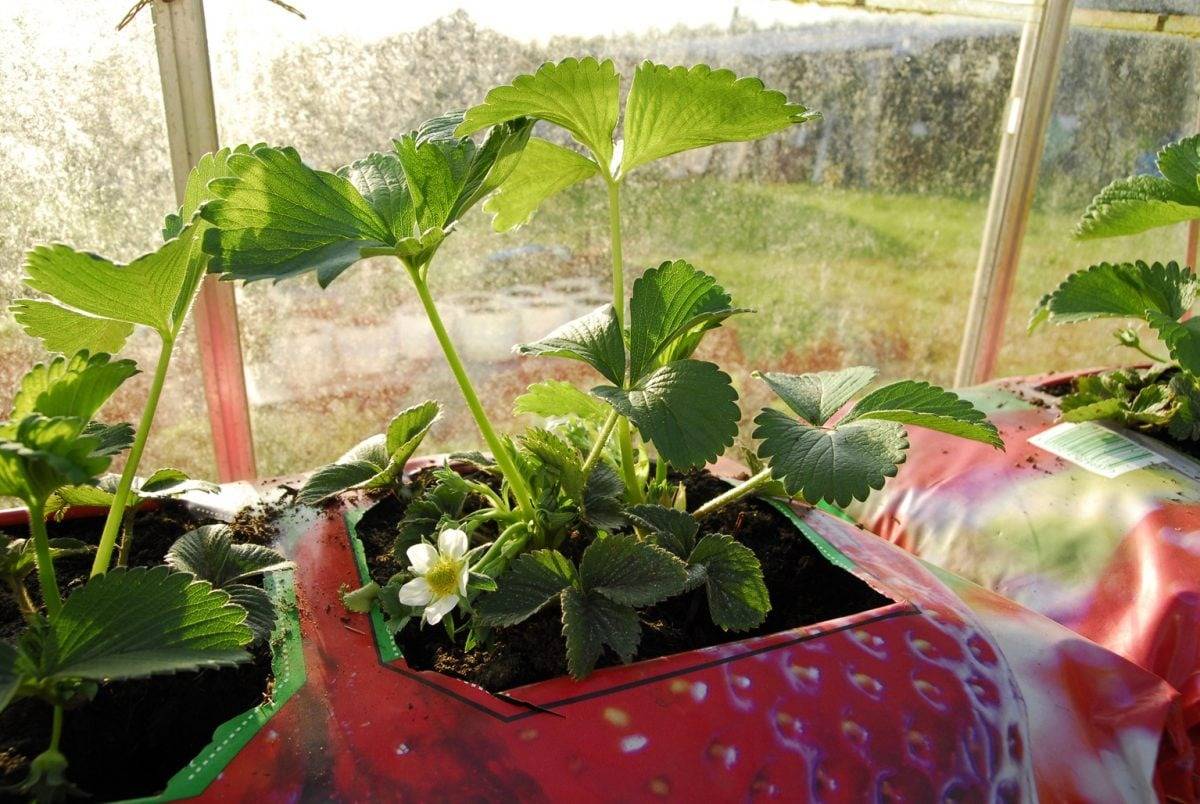
- Planting Method: You can plant strawberries in raised beds or mounded rows to improve drainage.
Space plants about 12-18 inches apart in rows, with rows spaced 2-3 feet apart. Make sure the crown of the plant (where the leaves emerge) is at the soil level. Do not bury it too deep. - Watering: Keep the soil consistently moist, especially during flowering and fruiting. Keep in mind to water at the base of the plant to avoid wetting the leaves, which can lead to disease.
- Mulching: Apply a layer of straw or mulch around the plants to suppress weeds, retain moisture, and protect the berries from direct contact with the soil.
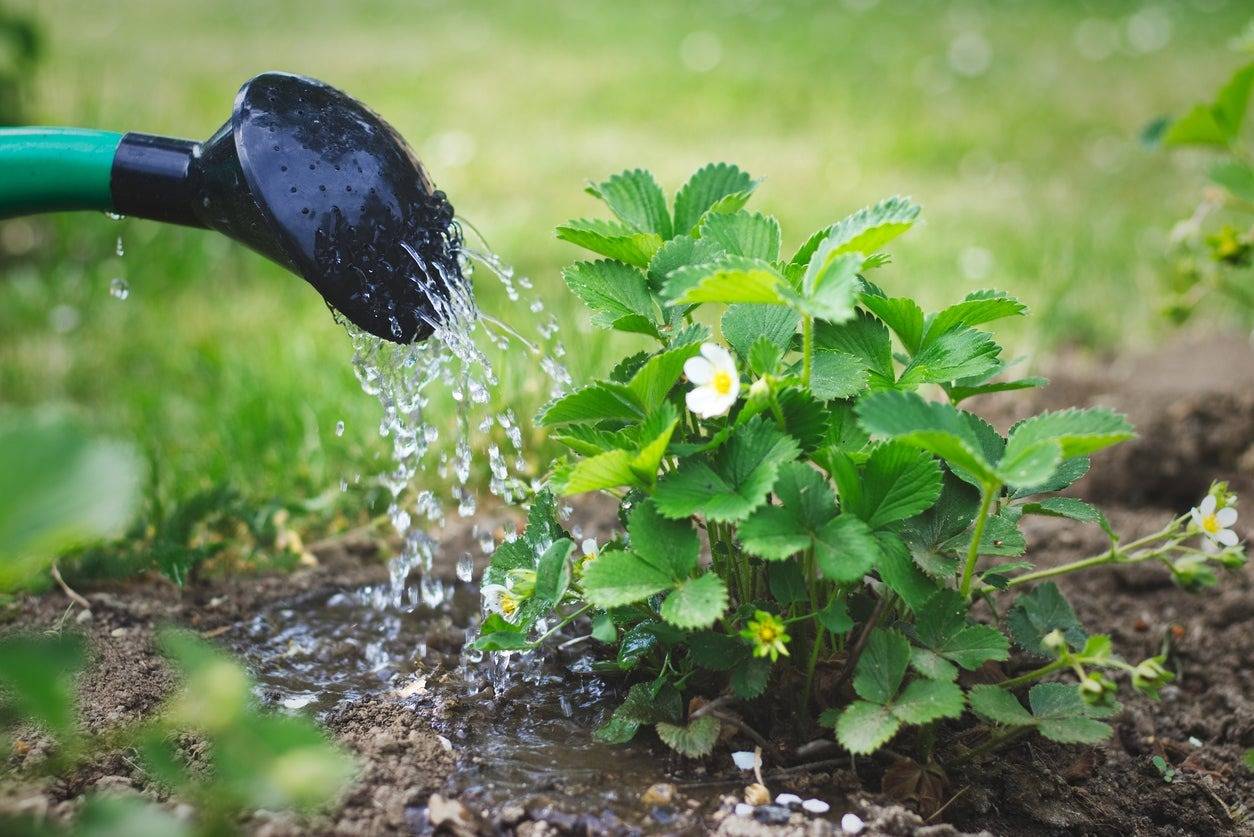
- Fertilizing: Fertilize strawberries with a balanced, slow-release fertilizer when they start to grow actively in the spring. Avoid over-fertilizing, as it can cause excessive foliage growth and fewer berries.
- Pruning: You should remove runners (long stems with small plants at the end) to focus the plant’s energy on fruit production. Trim dead or yellowing leaves is also necessary to improve air circulation and prevent disease.
- Pest and disease management: To maintain healthy strawberry plants, it is essential to give them proper attention in order to protect them from bugs and fungi. Be careful with pests like aphids, slugs, and birds. When notice them, use physical barriers or organic controls as needed. Don’t forget to practice good spacing and avoid overhead watering to prevent fungal diseases.
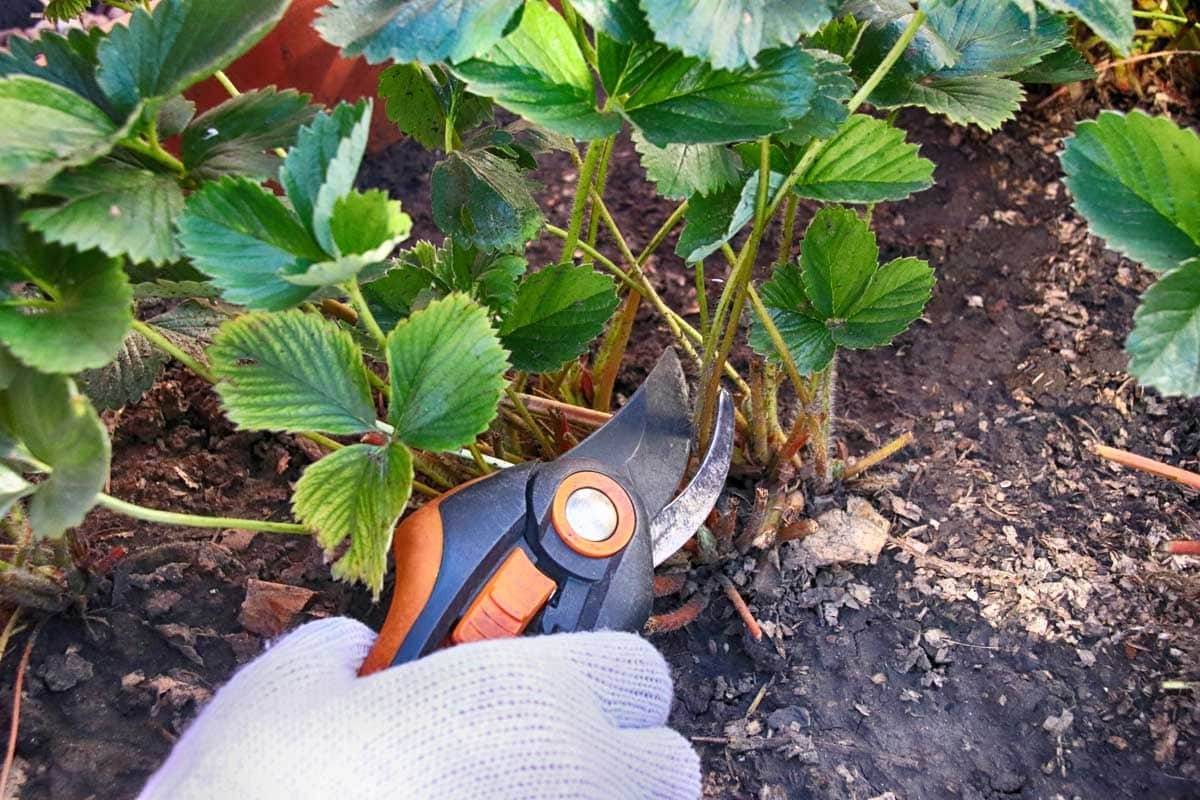
Harvesting
Harvest strawberries are ready to harvest when they are fully ripe and have reached their full color. They should easily detach from the plant. The best time to pick is in the morning when the berries are cool. Don’t worry if your fruit has gotten a little too soft and squishy. It’s actually perfect for making jams and other cooked-fruit recipes. So go ahead and use them without hesitation – they’ll still taste great!
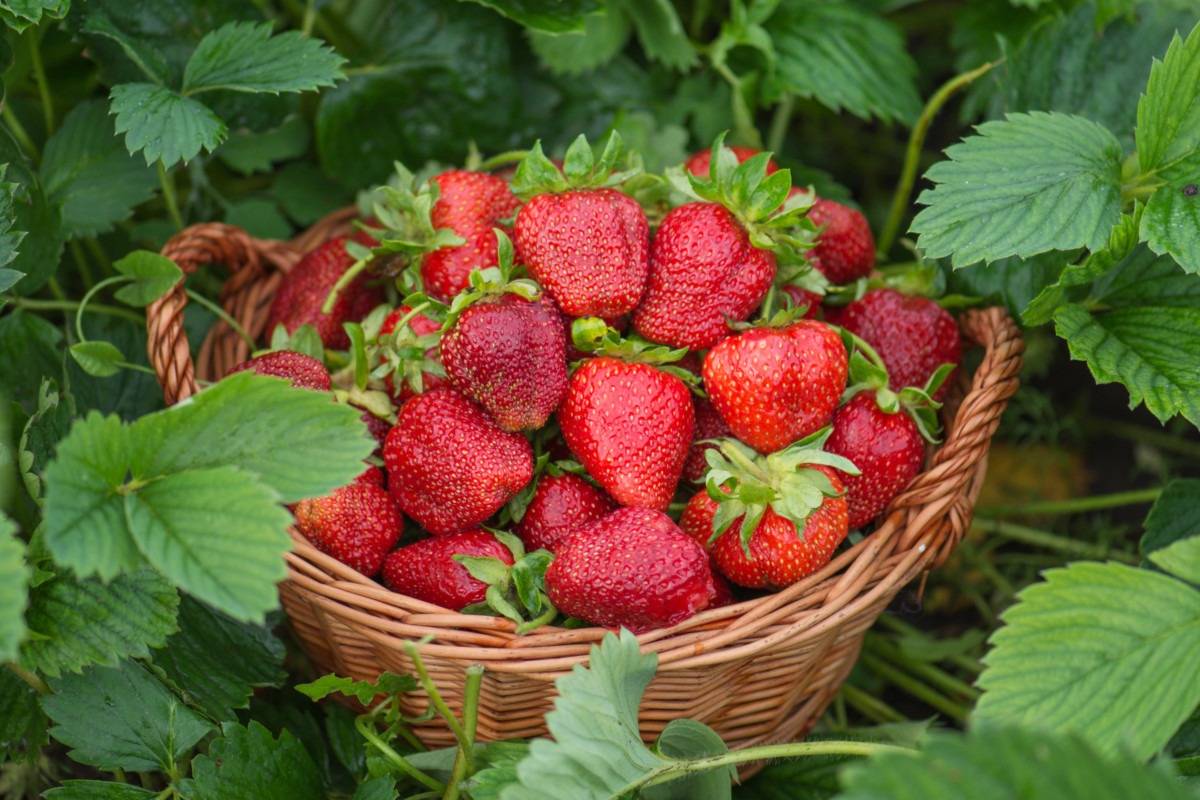
Growing strawberries at home is a fun and rewarding hobby that can provide you with fresh, juicy, and organic fruits. Strawberries are easy to grow in pots, containers, or garden beds, and they can thrive in a variety of climates. So, let’s roll your sleeves, and share with us your fruitful strawberry harvest.
